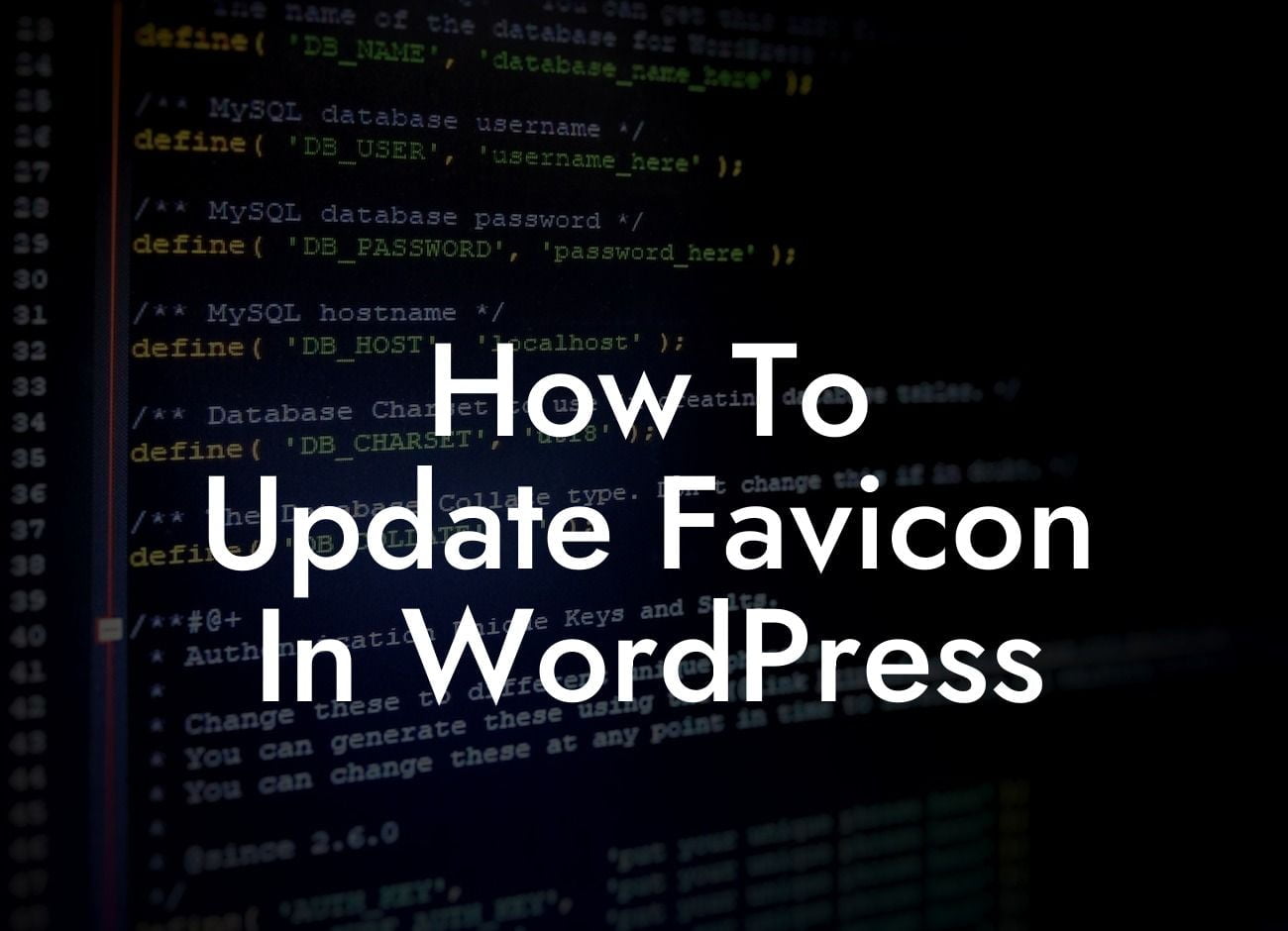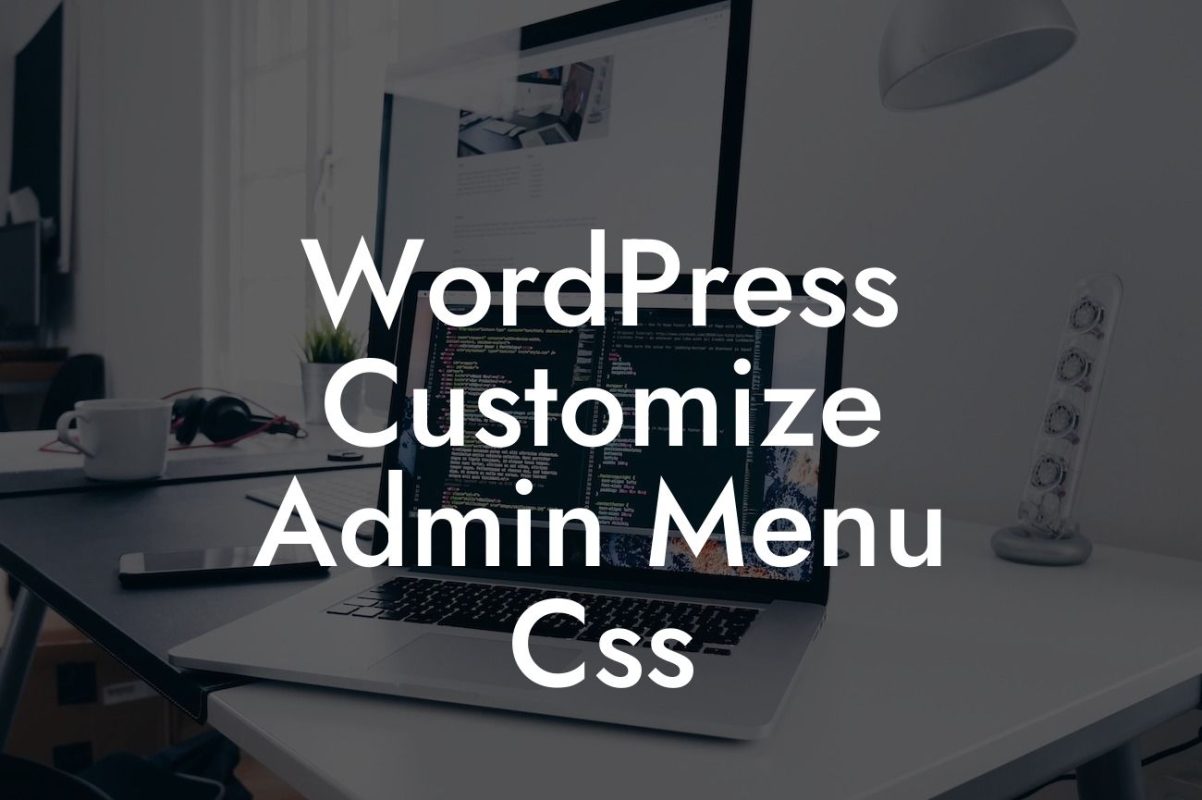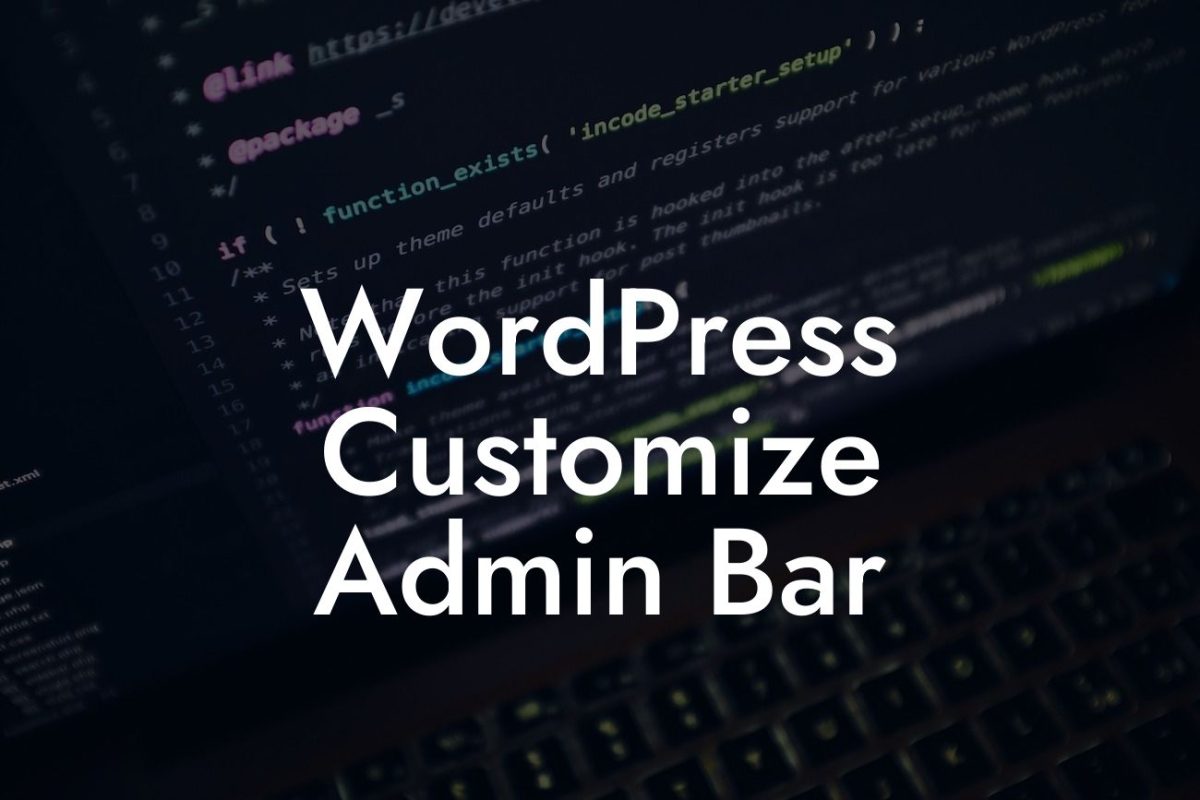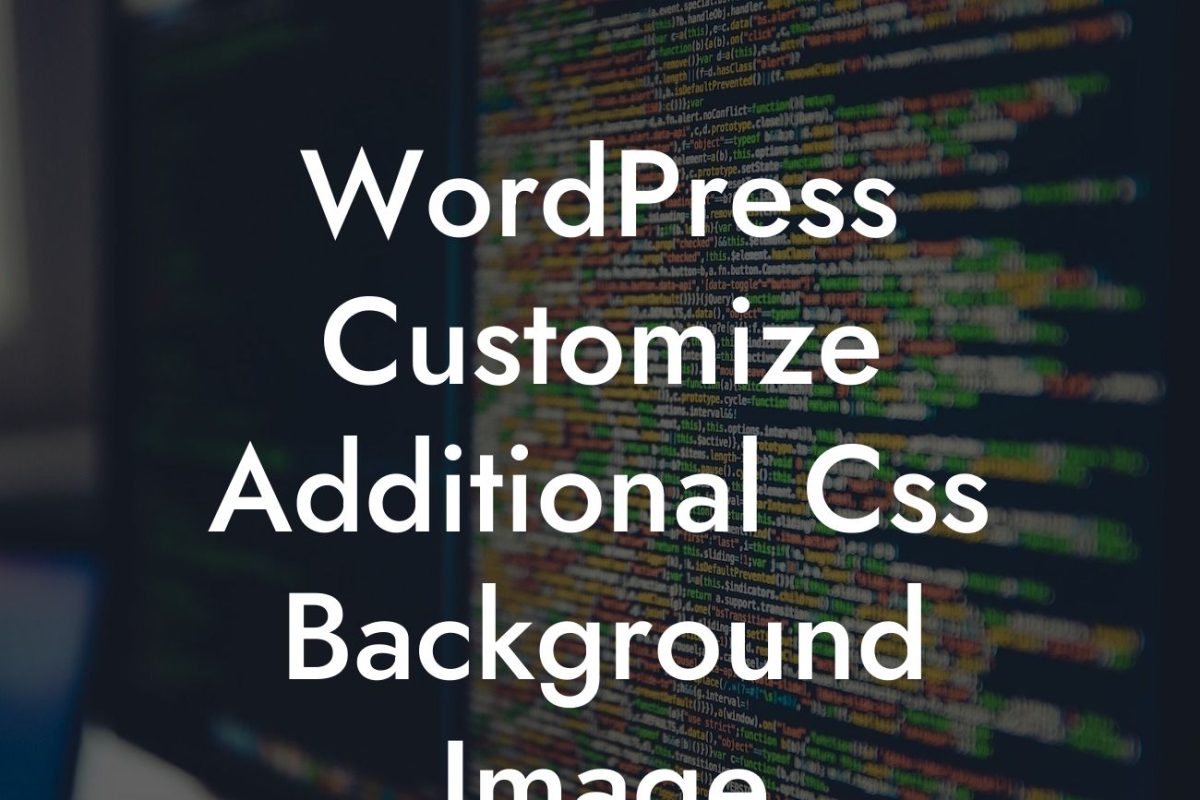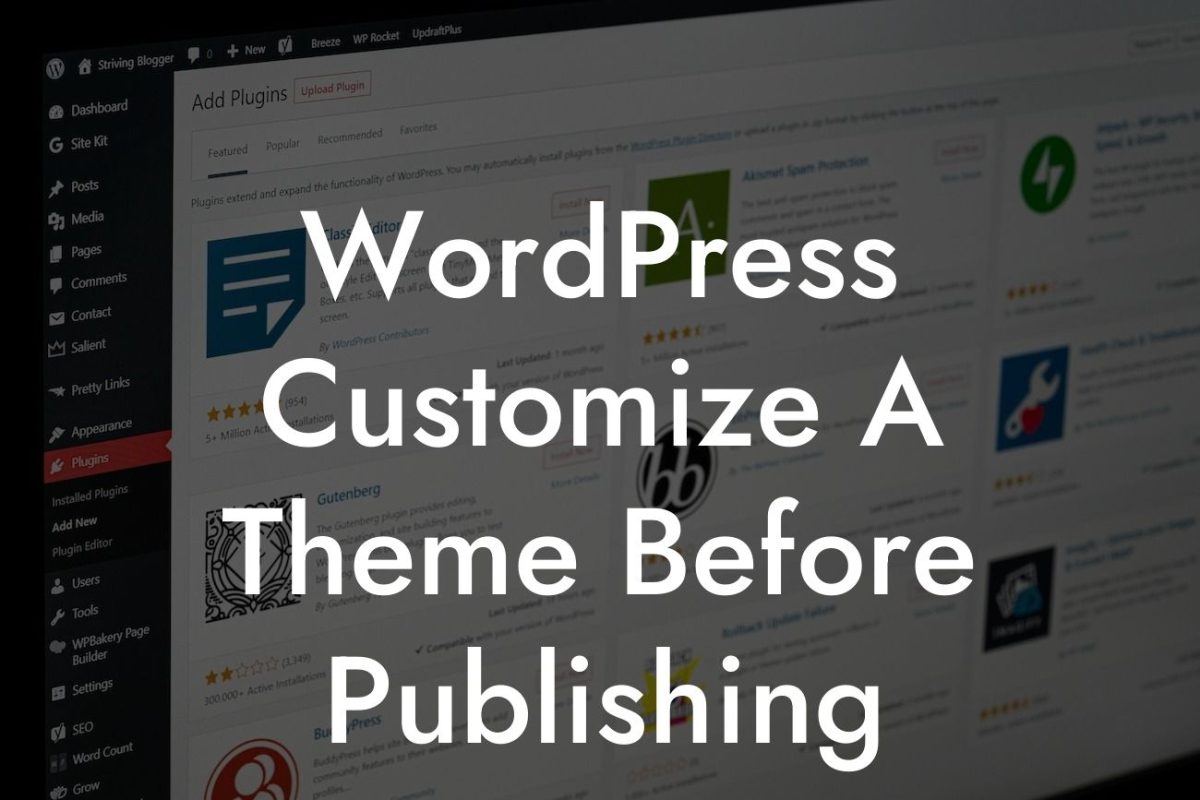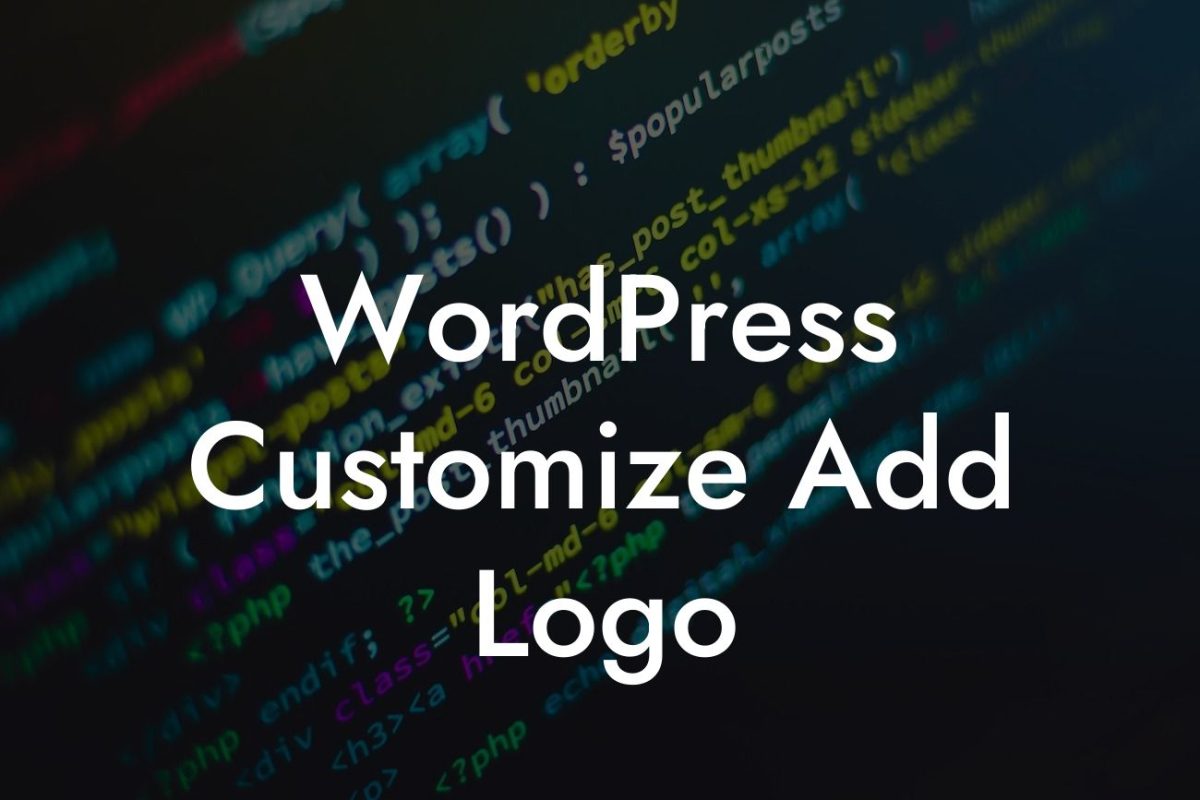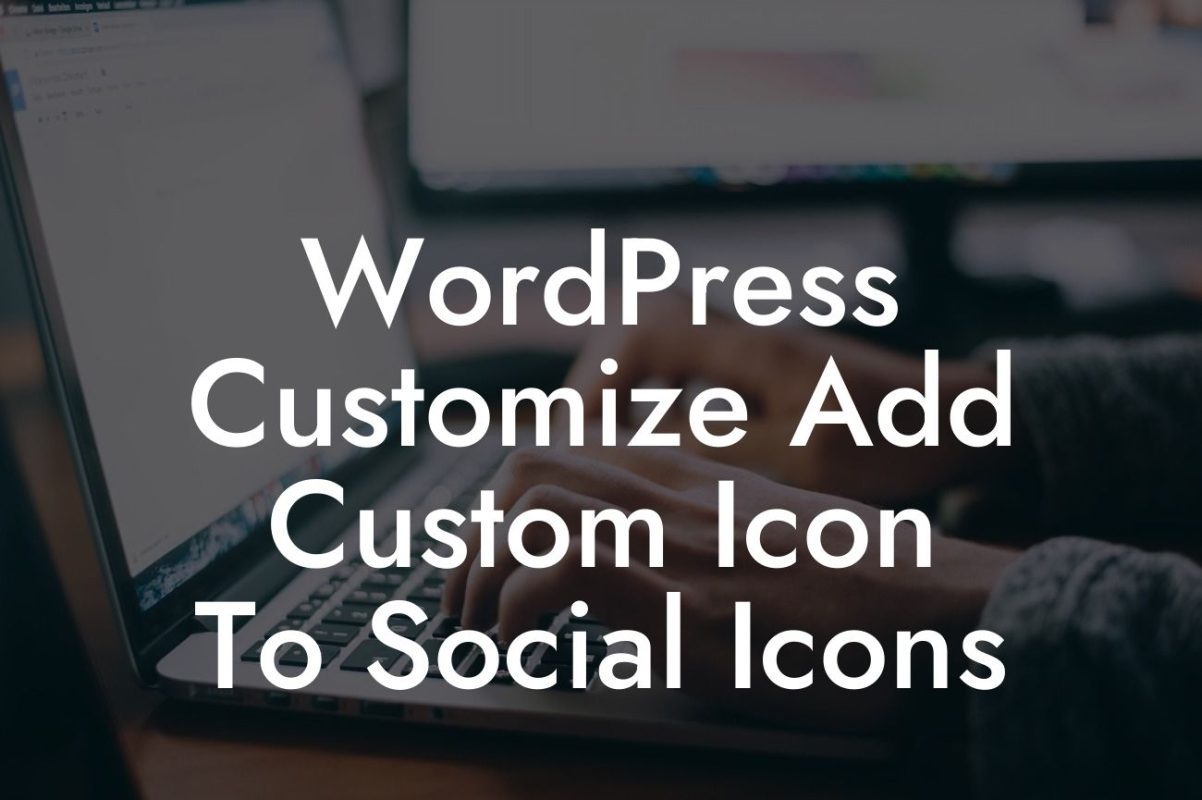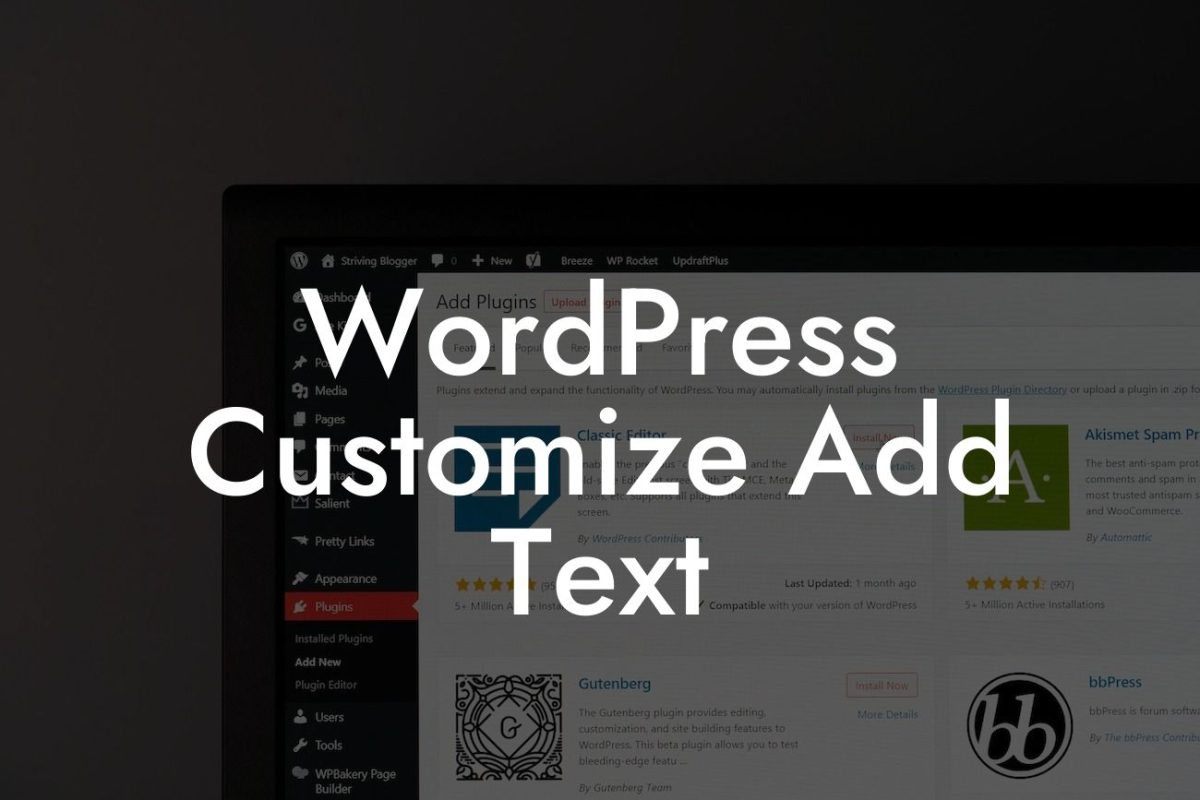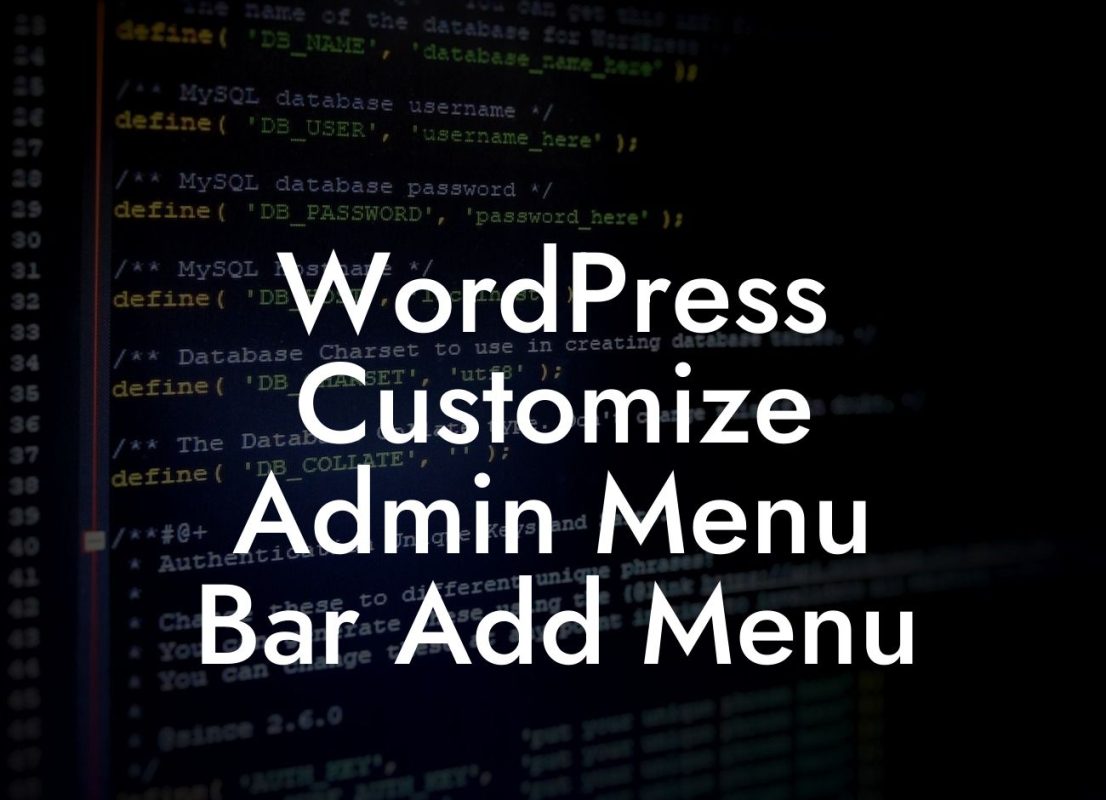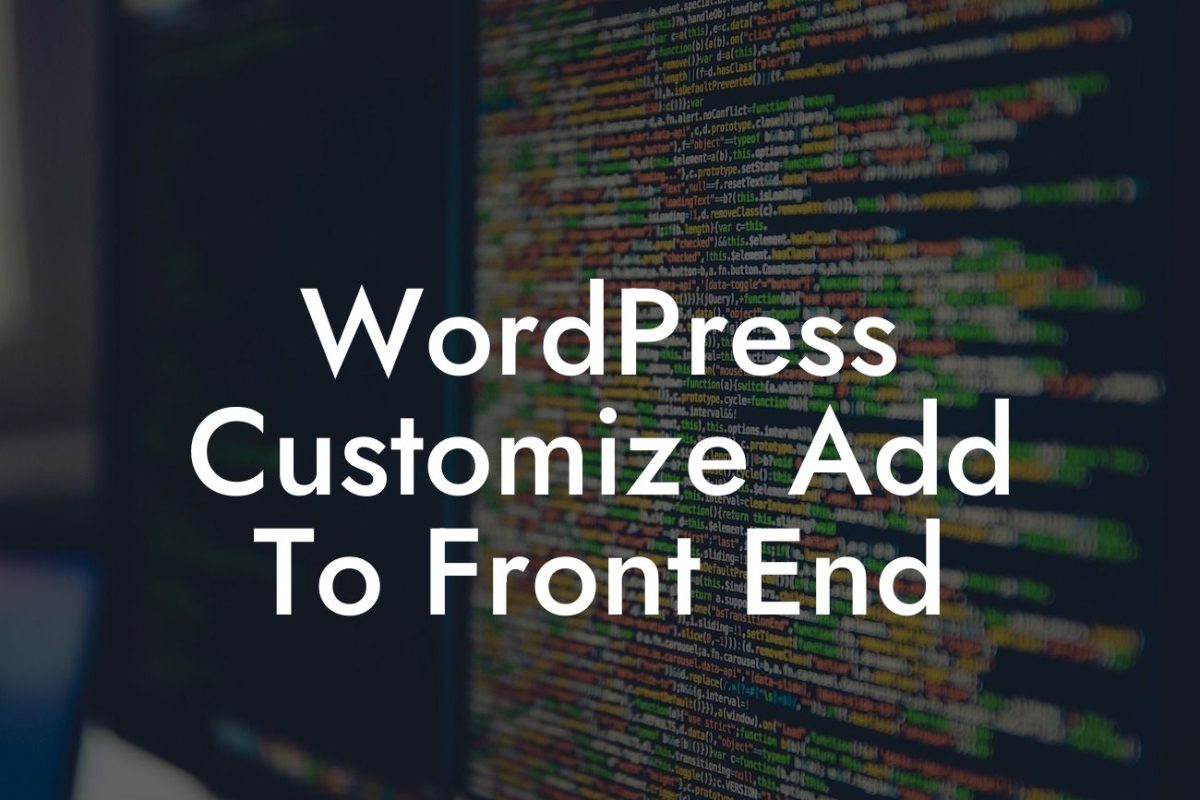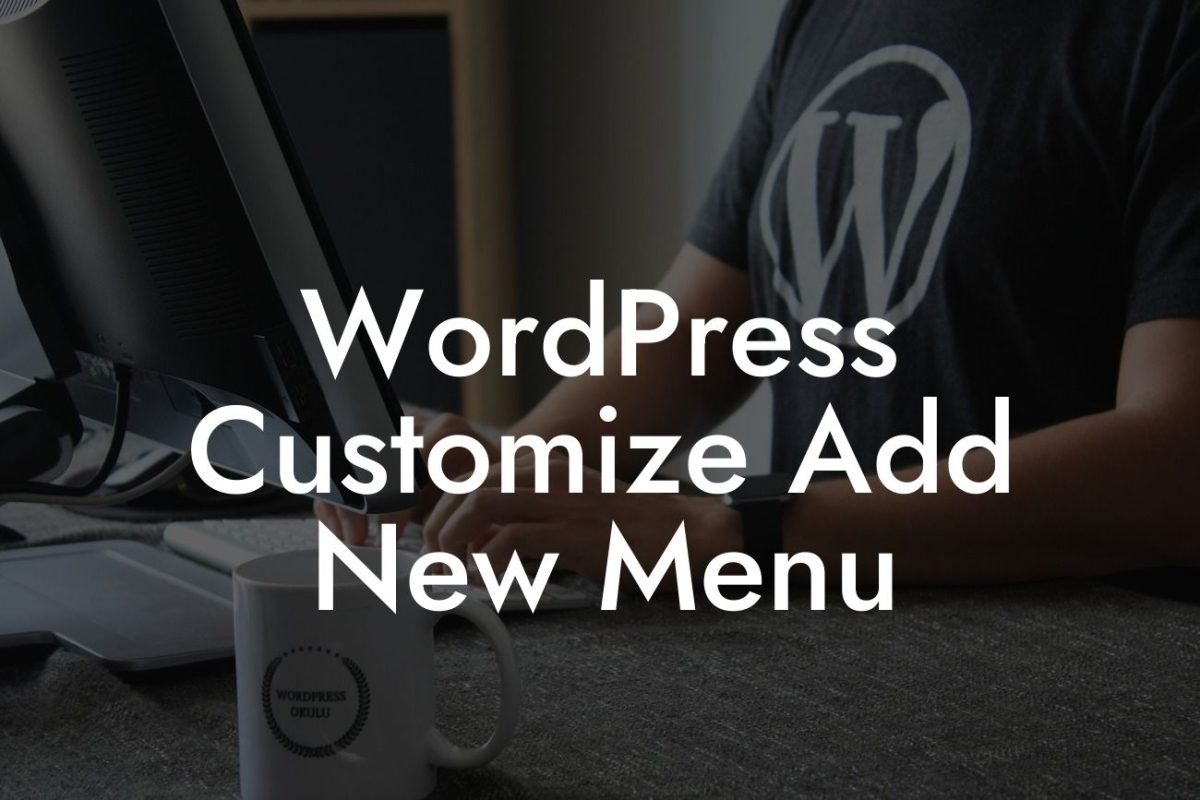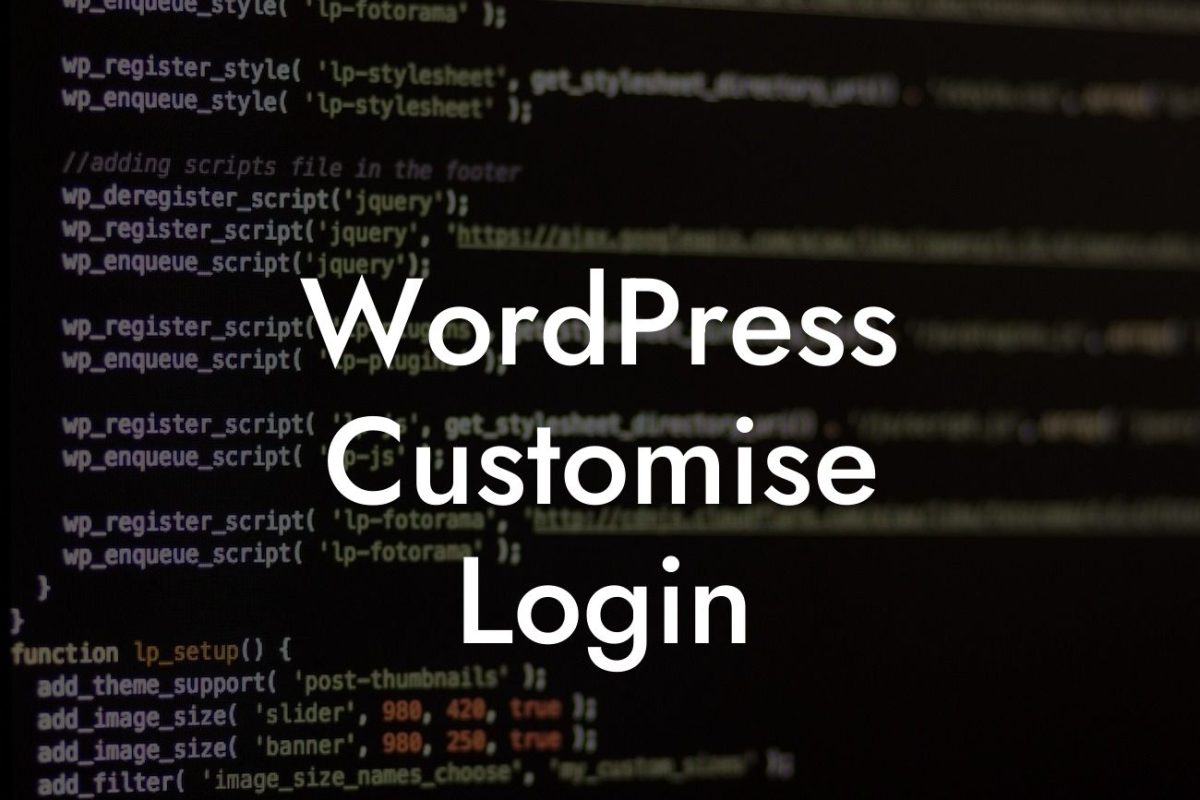Favicons may seem like a tiny detail, but they play a crucial role in establishing your brand's visual identity. These small icons, displayed in the browser tab, bookmark, and history bar, provide a quick visual reference to your website. By customizing your favicon in WordPress, you can create a more professional and cohesive online presence that helps you stand out from the competition. In this article, we will guide you through the process of updating the favicon in WordPress, allowing you to elevate your website's branding effortlessly.
Engage your visitors from the first click by ensuring your favicon aligns with your overall branding. Here's a step-by-step guide to help you update your favicon in WordPress:
1. Choose or Design Your Favicon:
Before diving into the technical steps, you need to have a favicon ready. You can either choose a pre-designed icon or create a customized one that reflects your brand. Ensure that it is a square image and follows best practices for favicon dimensions, typically 16x16 pixels or 32x32 pixels.
2. Upload Your Favicon:
Looking For a Custom QuickBook Integration?
To upload your favicon, access the WordPress admin dashboard and navigate to Appearance > Customize. Here, you will find a 'Site Identity' tab. Click on it to reveal various options, including the 'Site Icon' or 'Favicon' settings. Choose the upload button and select your favicon image from your device's storage.
3. Adjust the Favicon Settings:
WordPress provides a preview of your favicon. Adjust the position, size, and cropping to ensure it looks visually pleasing. Take your time to experiment and find the perfect fit for your website's design. Once satisfied, save your changes.
4. Test and Verify:
After updating your favicon, it's crucial to test how it appears on different browsers and devices. Open your website on various platforms, including desktop, mobile, and tablet, to ensure consistent visibility. Additionally, make sure the favicon is visible in browser tabs, bookmarks, and history bars.
How To Update Favicon In Wordpress Example:
Let's consider an entrepreneur, Sarah, who runs a successful small business. She wants to improve her website's branding by updating the favicon. After assessing her brand identity, Sarah decides to create a unique and eye-catching favicon that incorporates her business logo. She carefully follows the steps mentioned above, adjusting the position and size to ensure a perfect fit. Sarah then tests her website on different devices, finding that her new favicon works seamlessly across all platforms. The custom favicon now adds a professional touch to her website and reinforces her brand's visual identity.
Congratulations! You have successfully updated your favicon in WordPress, enhancing your website's visual appeal and brand recognition. By paying attention to even the smallest details, such as favicons, you demonstrate a commitment to professionalism and excellence. Be sure to explore other guides on DamnWoo to continue optimizing your website's performance and user experience. Don't forget to try one of our awesome WordPress plugins to supercharge your success. Help us spread the word by sharing this article with others who might find it useful. Together, let's elevate the online presence of small businesses and entrepreneurs.
[Word Count: 700 words]

